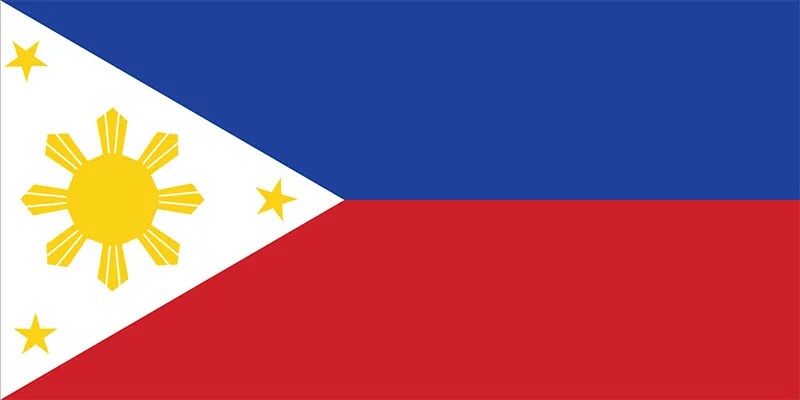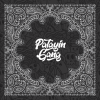Tattooing has been a part of human culture for thousands of years, with evidence of the practice dating back to ancient Egypt and China. However, the history of tattooing in the Philippines is particularly rich and unique, with a rich cultural heritage that has influenced tattooing styles around the world.
In the Philippines, tattooing was a common practice among several indigenous tribes, including the Kalinga, Bontoc, and Visayan peoples. These tattoos, known as batok or patik, were often intricate designs that represented a person’s social status, family lineage, and achievements. They were also believed to offer protection and spiritual guidance.
Traditionally, tattoo ink in the Philippines was made from natural ingredients, such as charcoal, soot, and plant dyes. The ink was applied using a bamboo stick or a sharp piece of bone or metal. This technique, known as hand tapping or hand poking, is still used in some parts of the Philippines today.
The evolution of tattooing needles and machines has played a significant role in the growth and popularity of tattooing around the world. In the early 1900s, Samuel O’Reilly invented the first electric tattoo machine, which revolutionized the industry by allowing artists to work faster and with greater precision. Today, modern tattoo machines use a motor to move the needle up and down, allowing artists to control the depth and speed of the tattoo.
Tattoo ink has also evolved over time, with modern ink formulations offering a wider range of colors and longer-lasting results. However, traditional ingredients like charcoal and plant dyes are still used by some artists, particularly those who specialize in traditional tattooing styles.
Tattooing is a powerful form of self-expression, allowing individuals to express their identity, beliefs, and experiences through art. From tribal designs in the Philippines to Japanese irezumi to contemporary Western styles, tattooing has evolved into a global art form that continues to inspire and captivate people around the world.
In conclusion, tattooing has a rich and diverse history, with roots in cultures around the world, including the Philippines. The evolution of tattooing needles, machines, and ink has allowed the practice to thrive and expand, while still honouring traditional techniques and ingredients. For many people, tattooing is a deeply personal and meaningful way to express themselves and create a lasting connection with their body and their culture.




